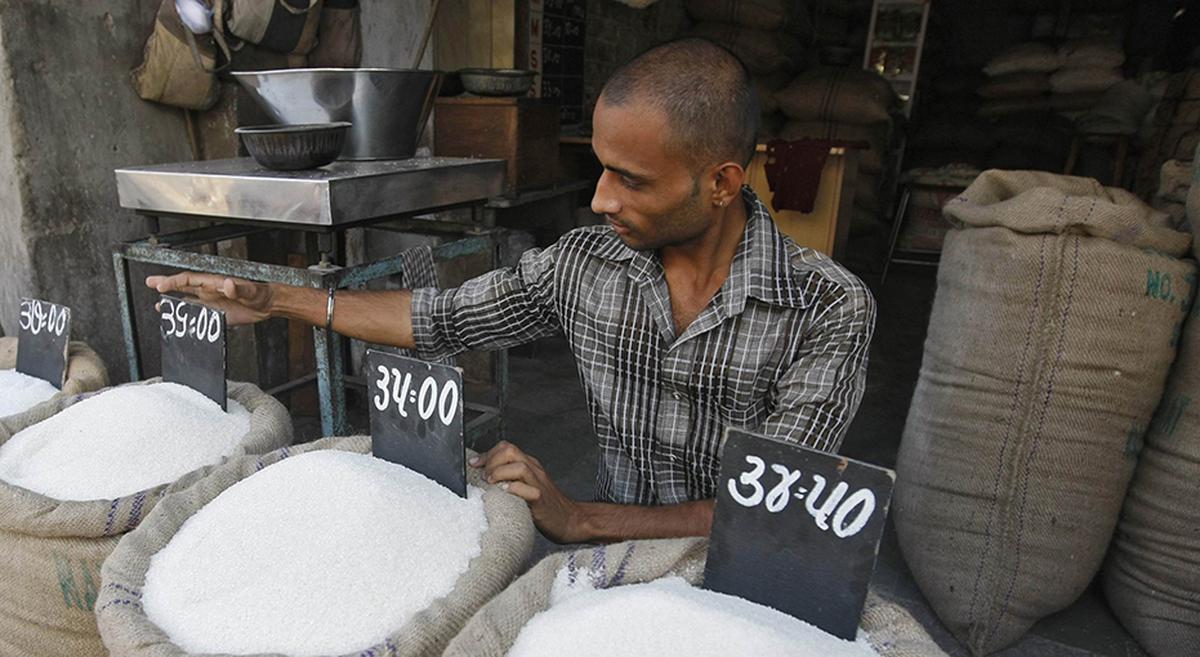
With Centre’s approval, sugar exports to resume
The Hindu
The Food Ministry has allocated a uniform export quota of 18.23% of the three years average production in operational sugar seasons
The government on Saturday allowed the export of 6 million tonnes of sugar on a quota basis till May 31, according to a Food Ministry notification.
As per the notification, the Ministry has allocated a uniform export quota of 18.23% of the three years average production of the sweetener in operational sugar seasons.
Sugar mills can export themselves or through exporters or swap with the domestic sale quota of any other mills, it said. Sugar season runs from October to September.
"In order to prevent uncontrolled export of sugar or with a view to ensuring sufficient availability of sugar for domestic consumption at a reasonable price, the government has decided to allow export of sugar up to a reasonable limit with effect from November 1 till May 31, 2023," it said.
According to official sources, the first tranche of the quota has been allowed only till May-end. Further allocation of quota for export will be decided based on the domestic sugar production.
The sugar production in the new 2022-23 season commenced in Maharashtra and Karnataka from October onwards, whereas in Uttar Pradesh and rest of the cane growing states, it will kick off in a week's time.
In October month alone, mills had manufactured 4.05 lakh tonnes of sugar, which was lower by 14.73% from the year-ago period, according to cooperative body National Federation of Cooperative Sugar Factories Ltd.

The Union Budget unveiled on February 1, 2025, has come at a time of unprecedented global uncertainty and a flagging domestic economy. The real GDP growth is estimated at 6.4% for 2024-25 and between 6.3-6.8% for 2025-26, a far cry from >8 percent growth required annually to make India a developed nation by 2047. While much attention has been devoted to the demand stimulus through income tax cuts, not enough is said about the proposed reforms in urban development, tariff rationalisation, and regulatory simplification aimed at making Indian cities and corporates more competitive. Since the majority of economic activity is located in cities (urban areas account for ~55% of GDP) and produced by large corporates (~40% of the national output and 55% of India’s exports), the above-mentioned reforms have a pivotal role in improving India’s trend growth rate. Below we unpack each reform.












